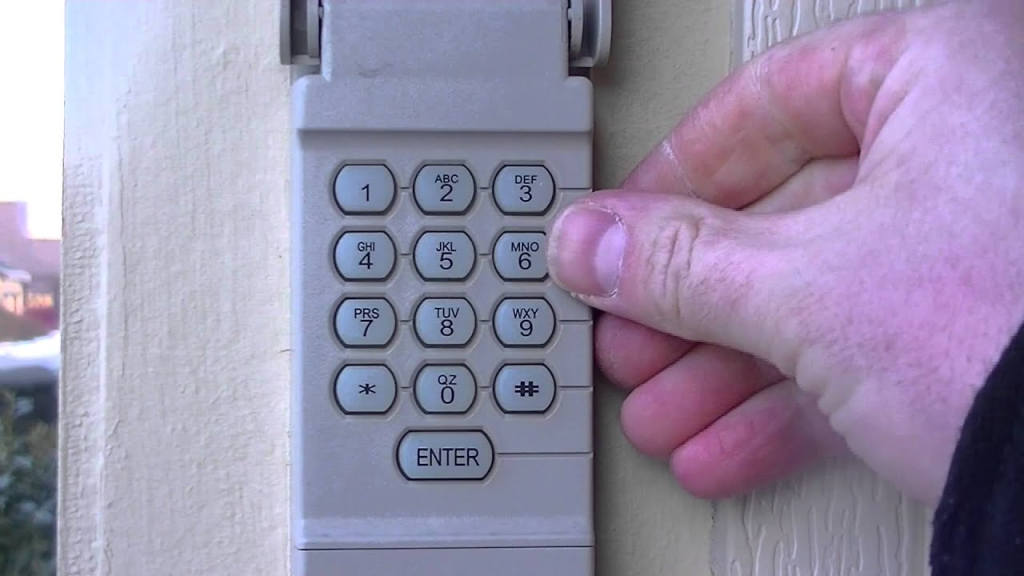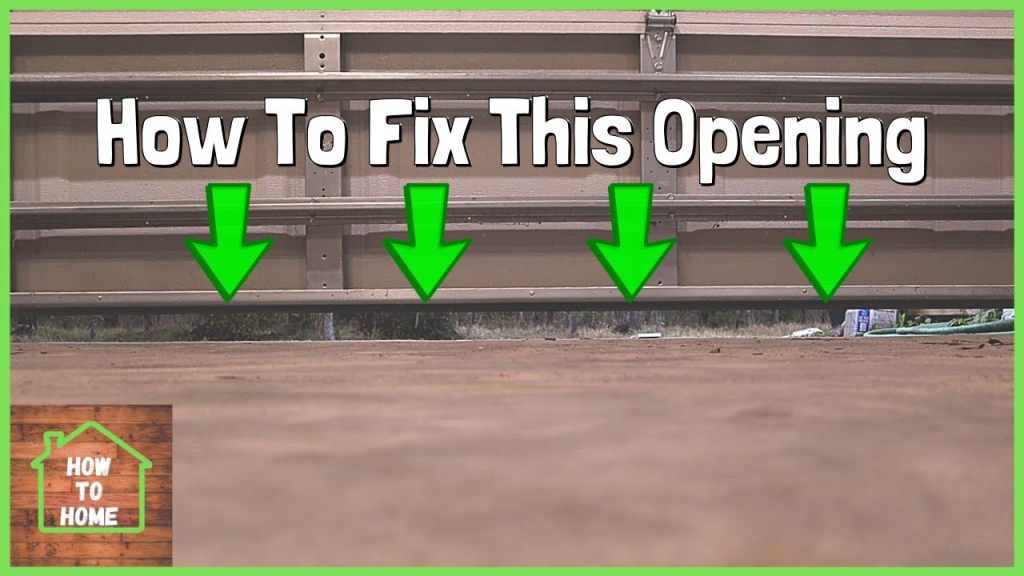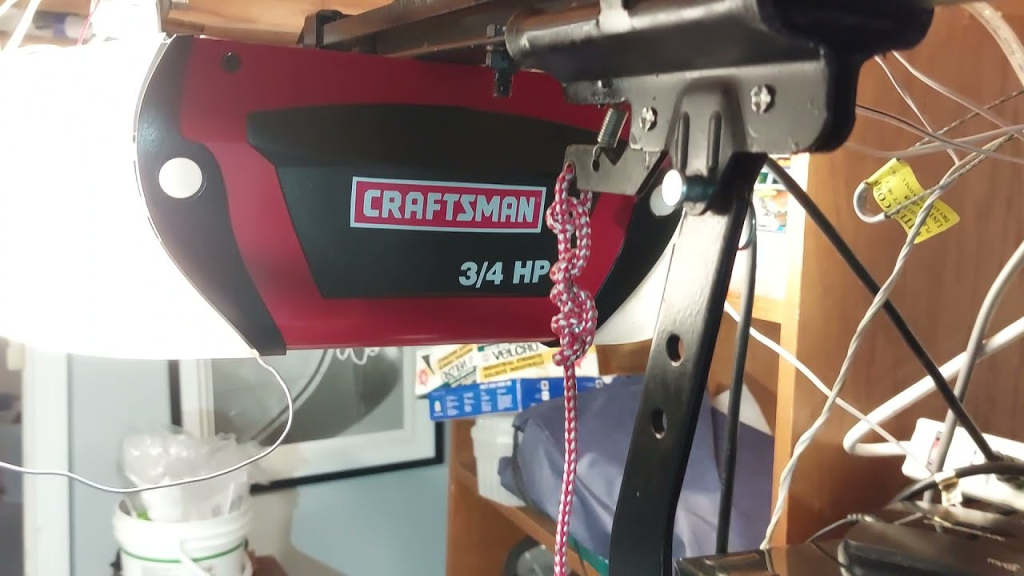Programming an old Craftsman garage door opener can seem daunting, especially if you’ve misplaced the manual or are dealing with outdated technology. However, it’s simpler than you might think when you follow the right steps. If you’re asking yourself, “How do I program an old Craftsman garage door opener?”, this guide will walk you through the process, troubleshoot common issues, and help you maintain your system for optimal performance.

Understanding Your Old Craftsman Garage Door Opener
Before diving into the programming steps, it’s essential to understand the components of your Craftsman garage door opener. Older models typically consist of:
- The motor unit: Mounted on the ceiling, it houses the main logic board.
- Remote controls: Used to operate the door from a distance.
- Wall-mounted control panel: A fixed control option for opening or closing the door.
- Sensors: Safety features that prevent the door from closing on objects or people.
Knowing these parts can make it easier to troubleshoot if anything goes wrong during programming.
How Do I Program An Old Craftsman Garage Door Opener?
To program your old Craftsman garage door opener, follow these simple steps. These instructions are designed to work with most older Craftsman models, but some variations may occur depending on the specific model.
Step 1: Locate the Learn Button
The Learn button is the key to programming your garage door opener. On older Craftsman models, this button is typically located on the back or side of the motor unit. It’s often red, yellow, green, or purple, depending on the model and year of manufacture.
- Remove the light cover on the motor unit if necessary to access the Learn button.
- Once located, you’re ready to proceed with programming.
Read tooo: Craftsman Garage Door Opener 1/2 HP Programming for Effortless Setup
Step 2: Clear the Existing Codes (Optional)
If your old Craftsman opener has been programmed before and you want to erase previous codes, follow these steps:
- Press and hold the Learn button for approximately 6 seconds. The indicator light should turn off, signaling that all codes have been erased.
This step ensures that no unwanted remotes can control your garage door.
Step 3: Program the Remote Control
Once the memory is clear, you can program your remote control:
- Press the Learn button on the motor unit briefly (don’t hold it down for too long). The indicator light will turn on or begin blinking, signaling it’s in programming mode.
- Within 30 seconds, press and hold the button on the remote control that you wish to program.
- Release the button when the motor unit’s light blinks or clicks, confirming the programming was successful.
Step 4: Test the Remote Control
Test the newly programmed remote control by pressing the button. The garage door should open or close in response. If it doesn’t, repeat the steps above to ensure the programming was successful.
Troubleshooting Programming Issues
If you encounter issues while programming your Craftsman garage door opener, here are some common problems and their solutions:
1. The Learn Button Doesn’t Respond
- Check the power supply to the motor unit.
- Ensure the button isn’t stuck or damaged. If it’s malfunctioning, it may require repair or replacement.
2. Remote Control Doesn’t Program
- Replace the batteries in the remote control.
- Ensure you’re within range of the motor unit while programming.
- Confirm that the remote is compatible with your Craftsman model.
3. Interference With Signals
Older garage door openers often operate on fixed frequencies, which can be disrupted by nearby devices. Move away any electronic devices or try programming at a different time of day to reduce interference.
4. Door Doesn’t Respond to Commands
Inspect the garage door’s sensors and alignment. Misaligned or obstructed sensors can prevent the opener from functioning.
Maintaining Your Old Craftsman Garage Door Opener
To keep your old Craftsman garage door opener working smoothly, follow these maintenance tips:
- Regular Lubrication: Apply a silicone-based lubricant to the door’s tracks, rollers, and springs to reduce friction and wear.
- Inspect the Sensors: Clean the sensor lenses regularly to ensure they can detect objects properly.
- Replace Worn Parts: Over time, parts like the remote control batteries, springs, or weatherstripping may wear out and require replacement.
- Check for Software Updates: Some older models may have software updates or replacement parts available to improve functionality.
When to Consider Upgrading Your Craftsman Garage Door Opener
While programming and maintaining your old Craftsman garage door opener is entirely feasible, there are times when upgrading might be the better option. If you notice the following signs, it may be time for an upgrade:
- Frequent malfunctions: If repairs are becoming more frequent and costly, investing in a new opener may be more cost-effective.
- Lack of safety features: Older models may not have modern safety features like rolling code technology or smartphone compatibility.
- Noisy operation: Newer models operate more quietly, which can be a significant advantage in homes with attached garages.
Why Programming Your Old Craftsman Garage Door Opener Matters
Programming your old Craftsman garage door opener isn’t just about convenience; it’s also about security. By ensuring that your remote controls are properly programmed and the system is maintained, you can prevent unauthorized access to your garage and keep your home safe.
Conclusion: Mastering How to Program an Old Craftsman Garage Door Opener
Programming an old Craftsman garage door opener doesn’t have to be complicated. By following the steps outlined in this guide, you can easily set up your remote control, troubleshoot common issues, and maintain your system for years to come. Whether you’re programming a single remote or managing a garage door system for the first time, these tips ensure a smooth and successful process.
With regular maintenance and care, your old Craftsman opener will continue to provide reliable service, making it an indispensable part of your home’s security and convenience.





















